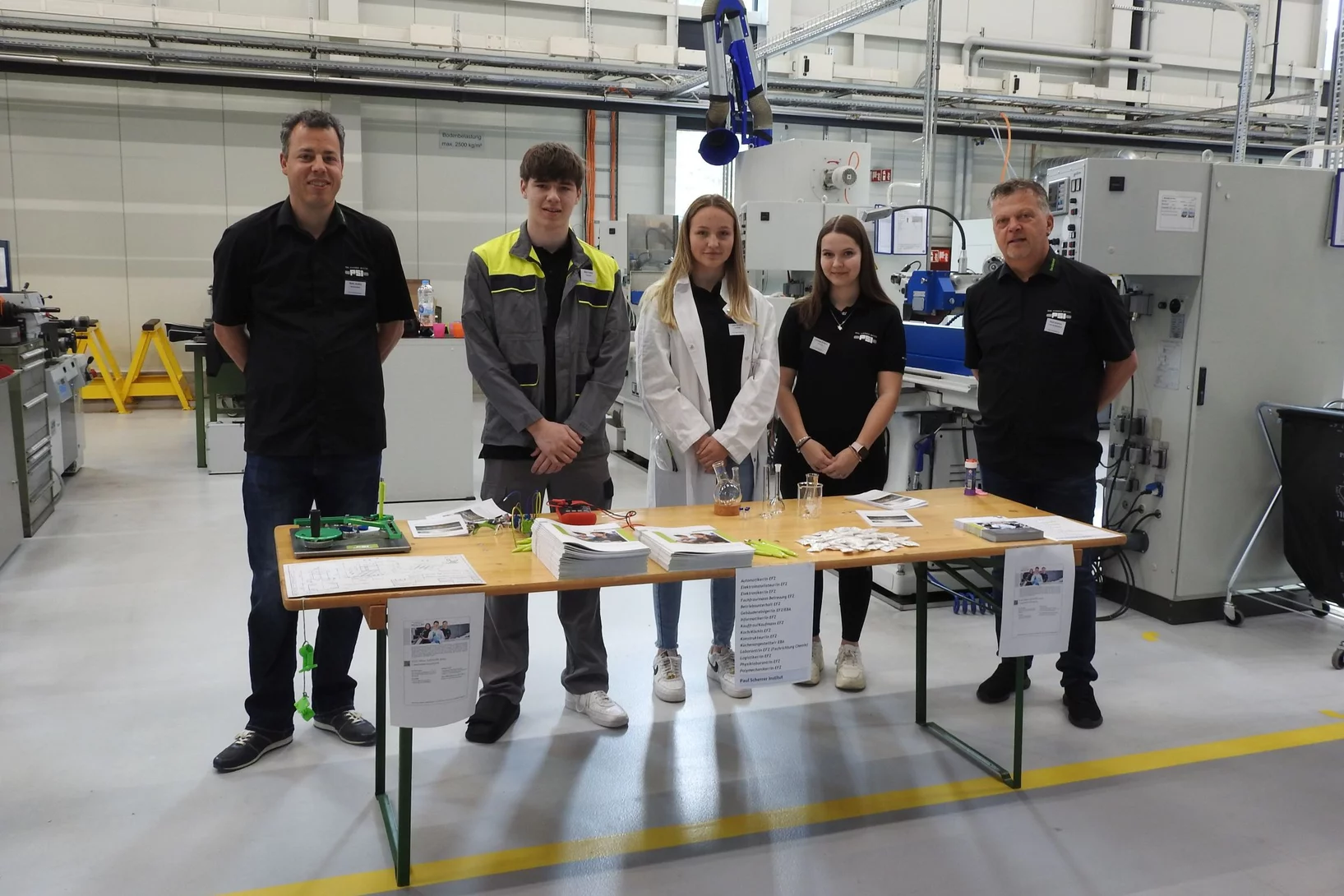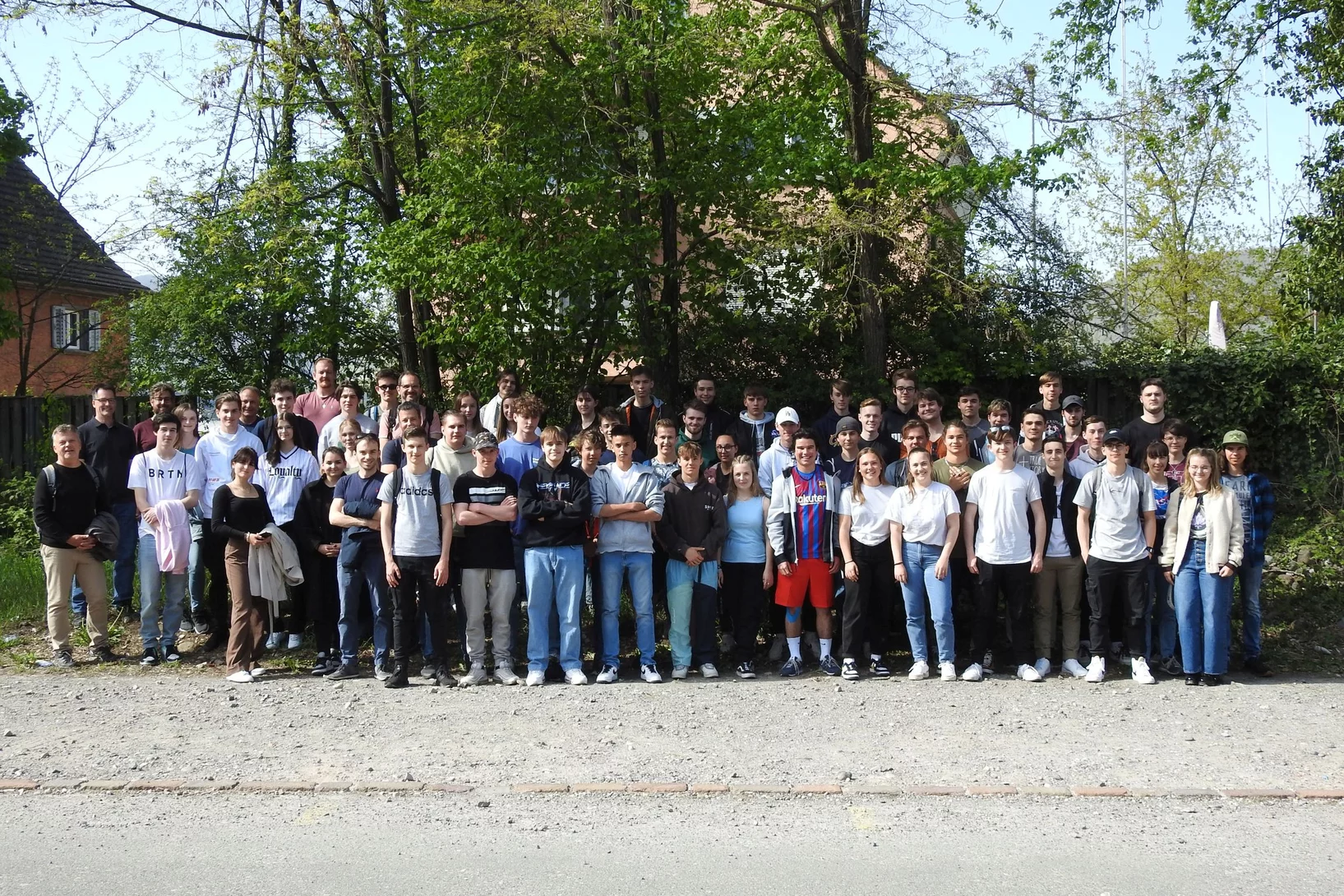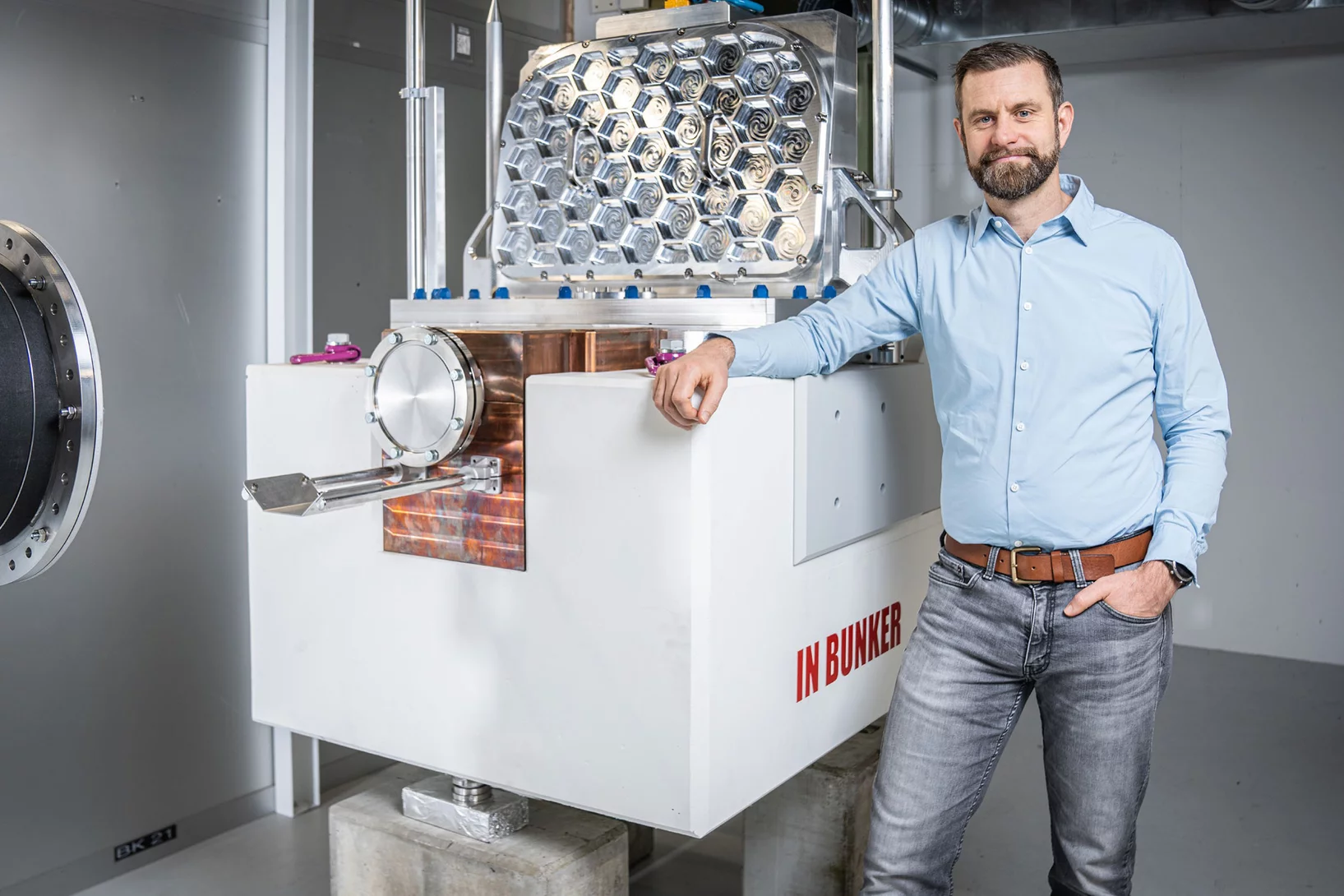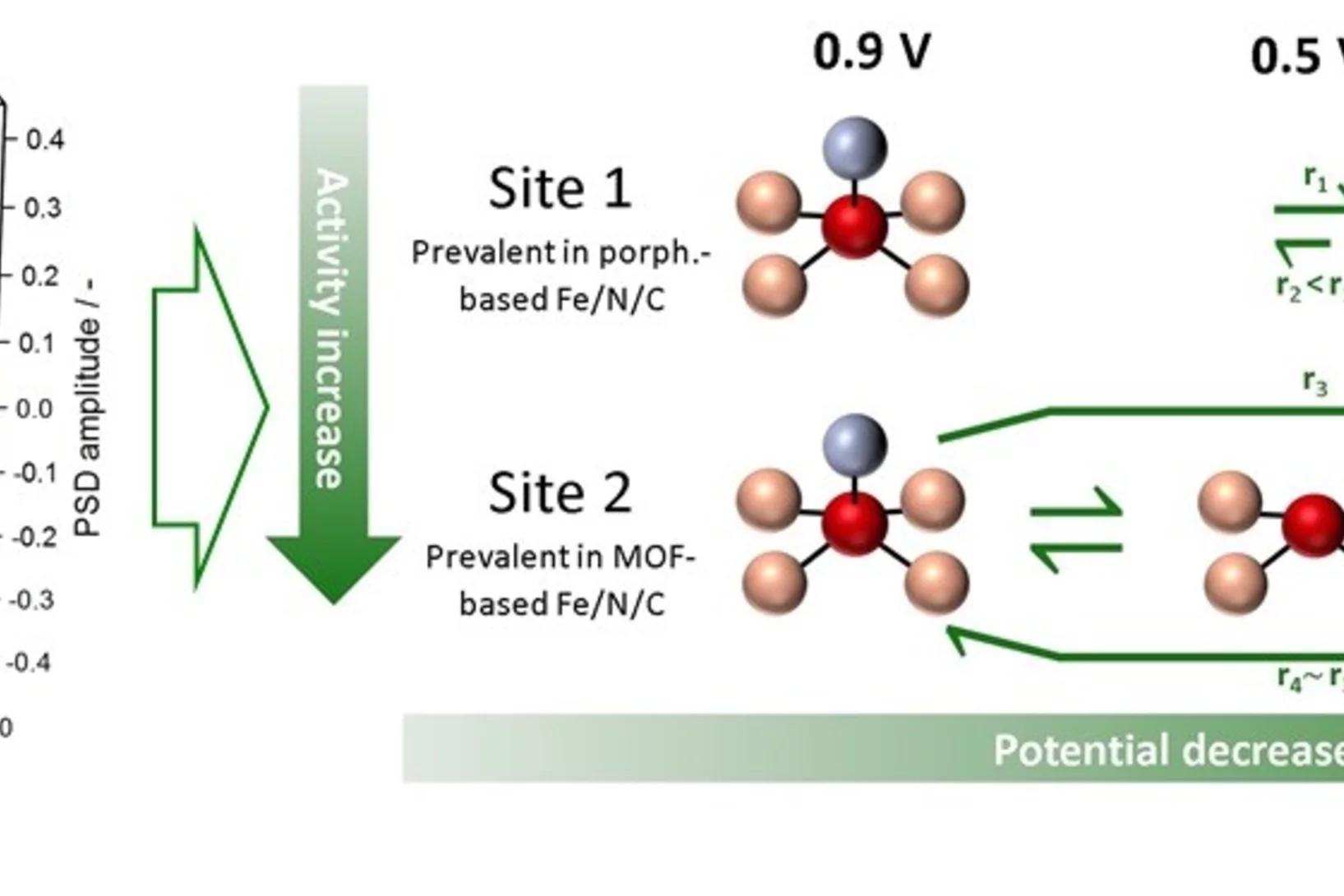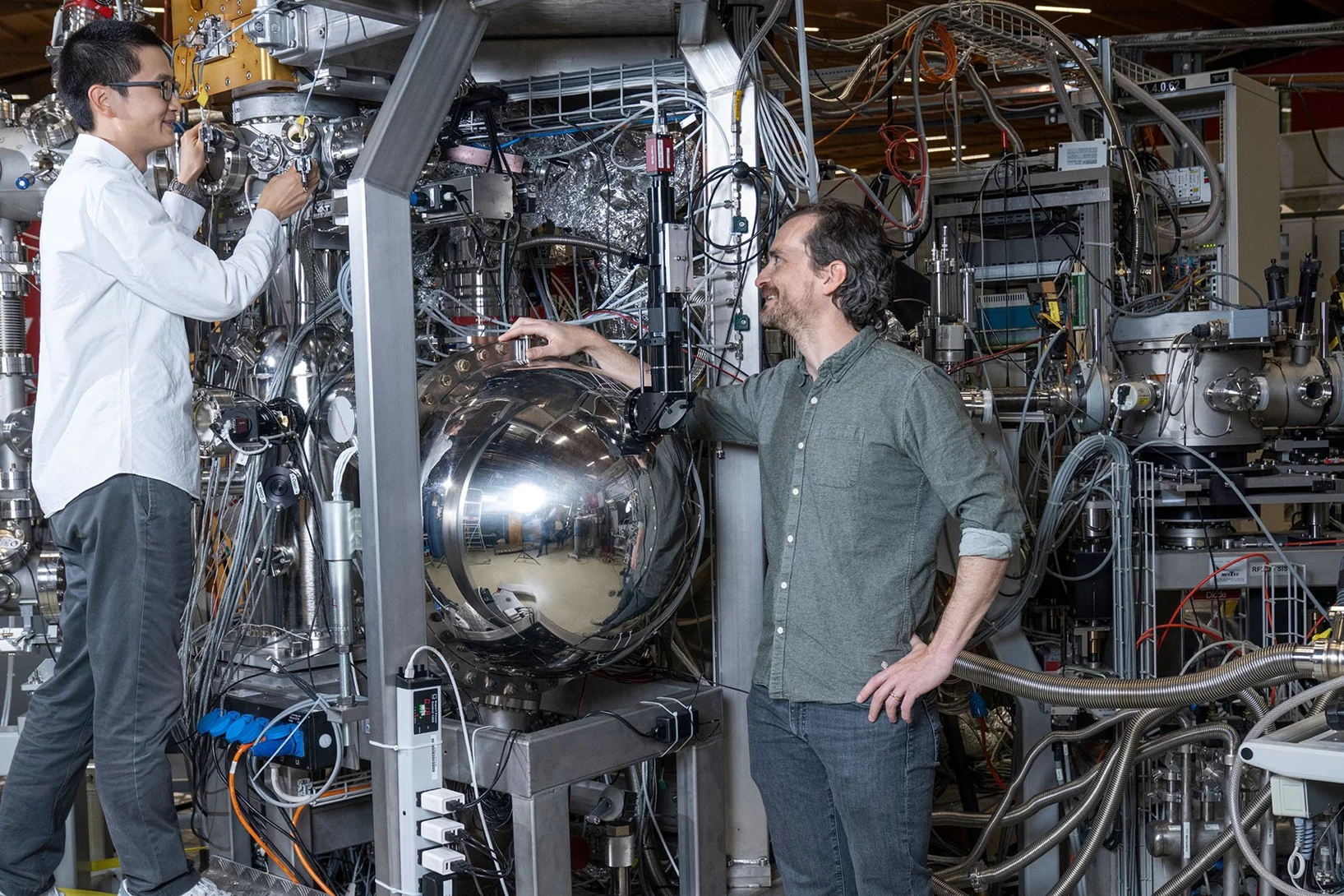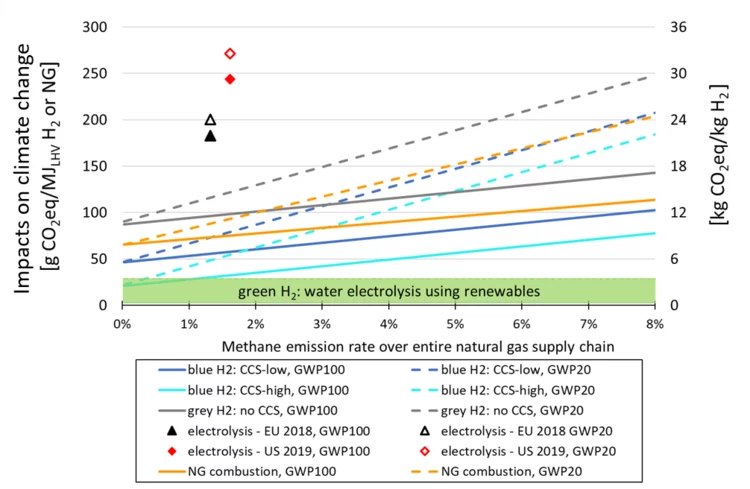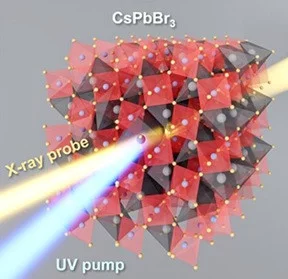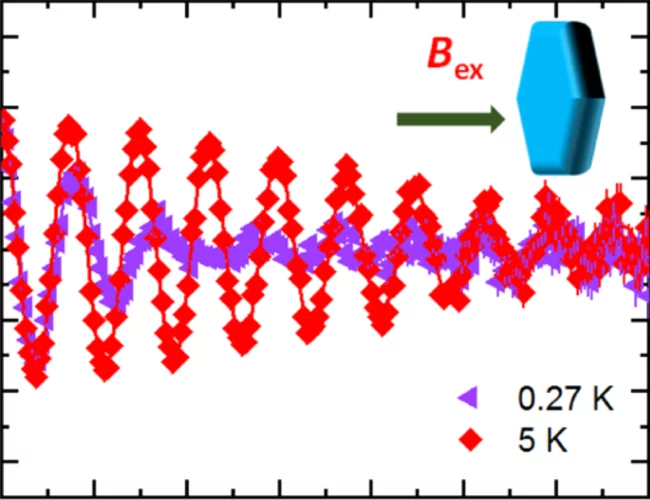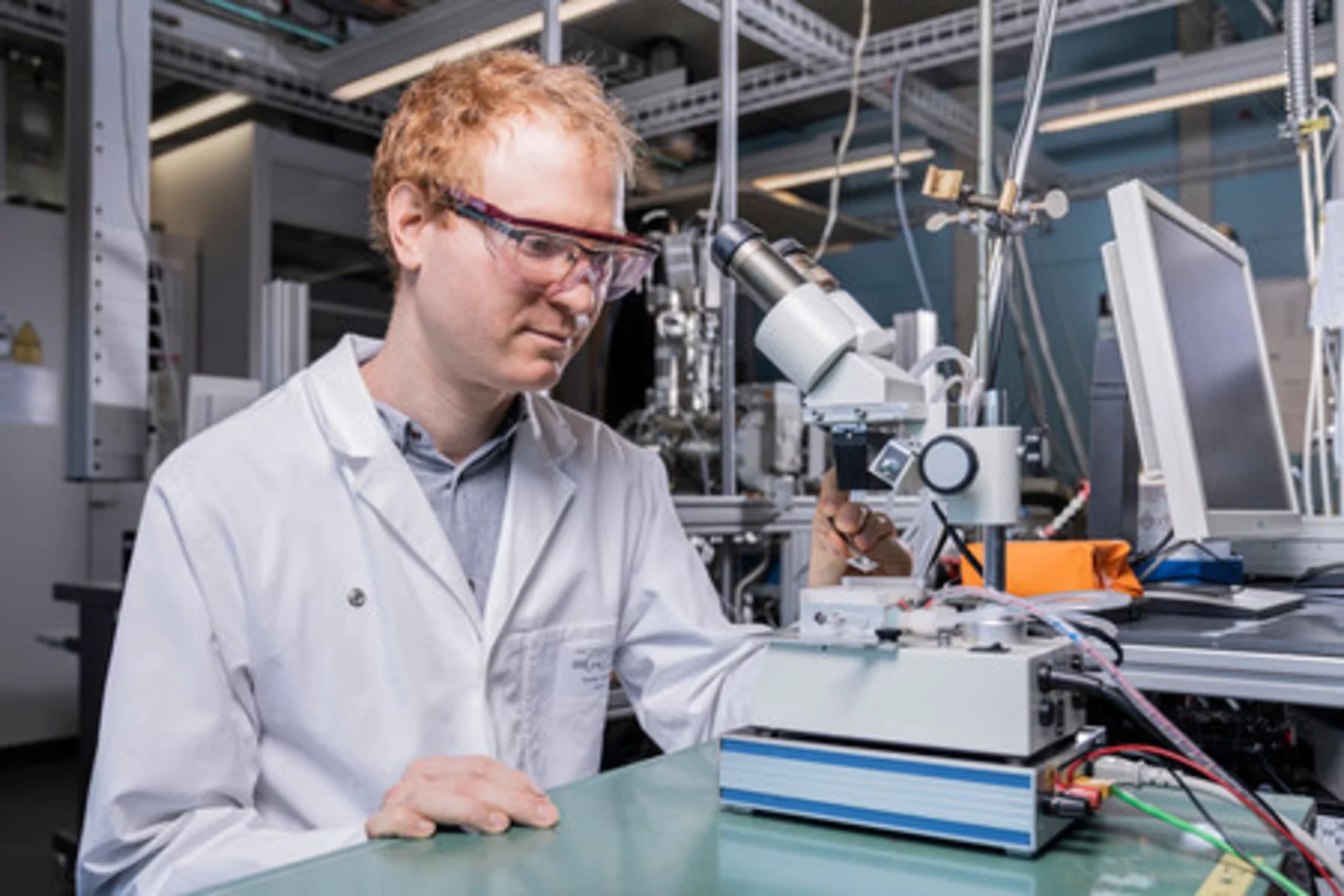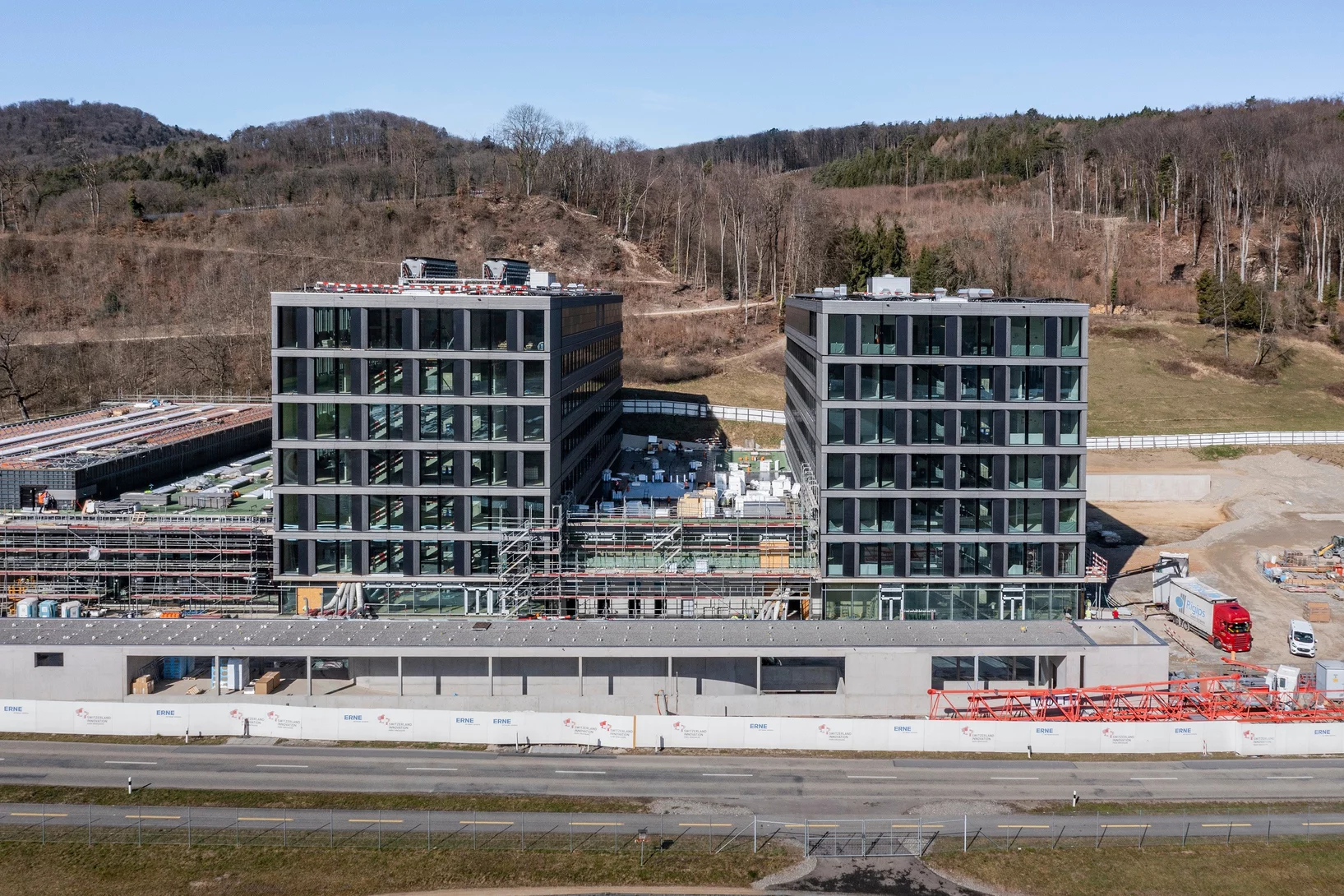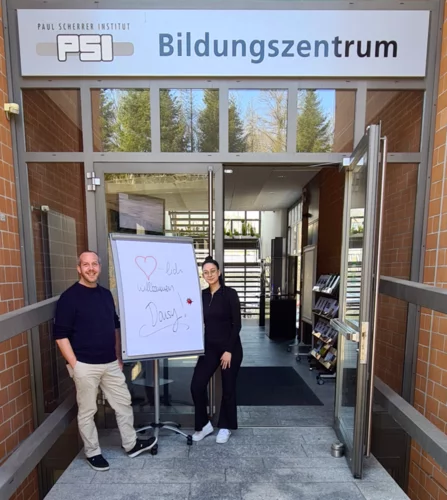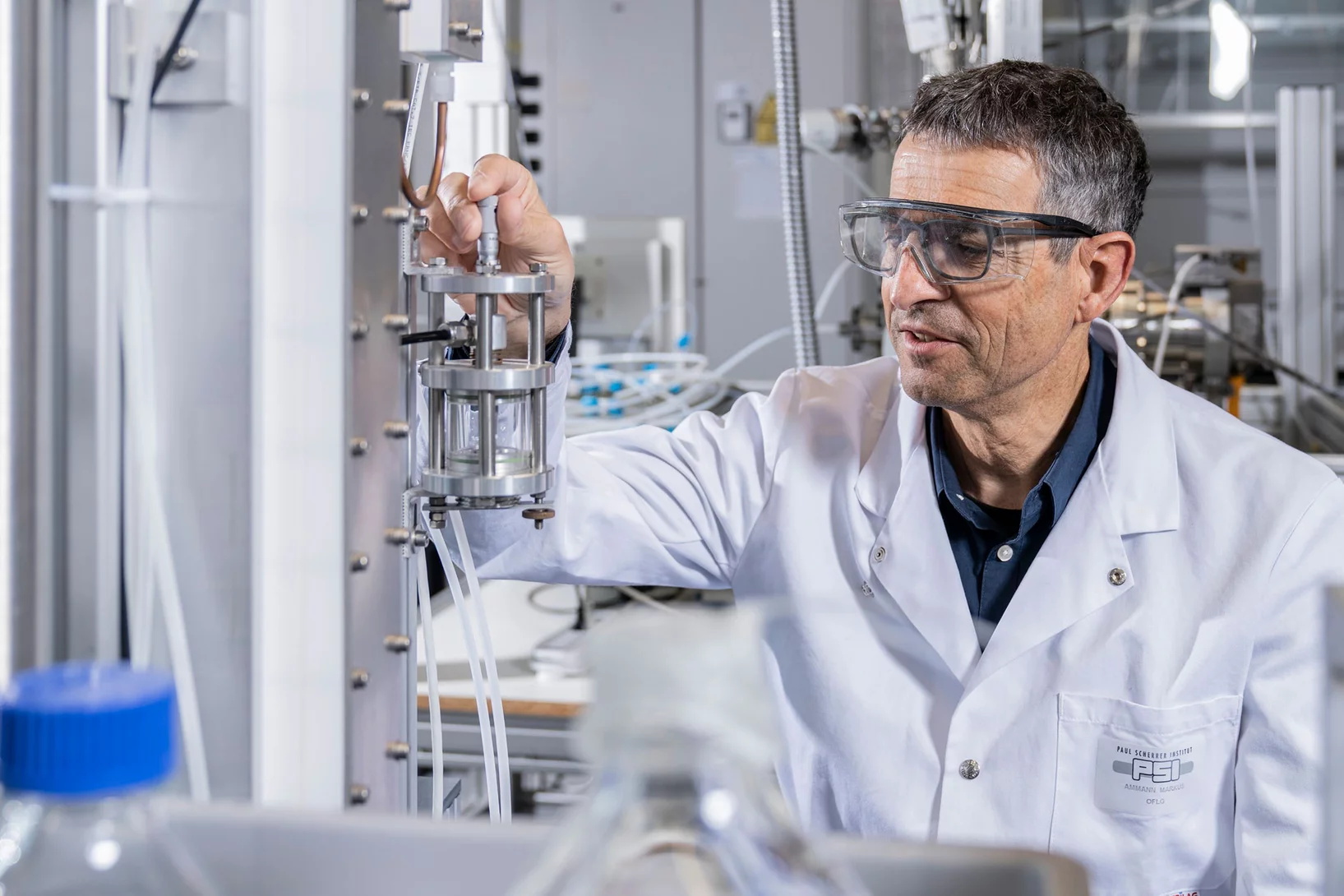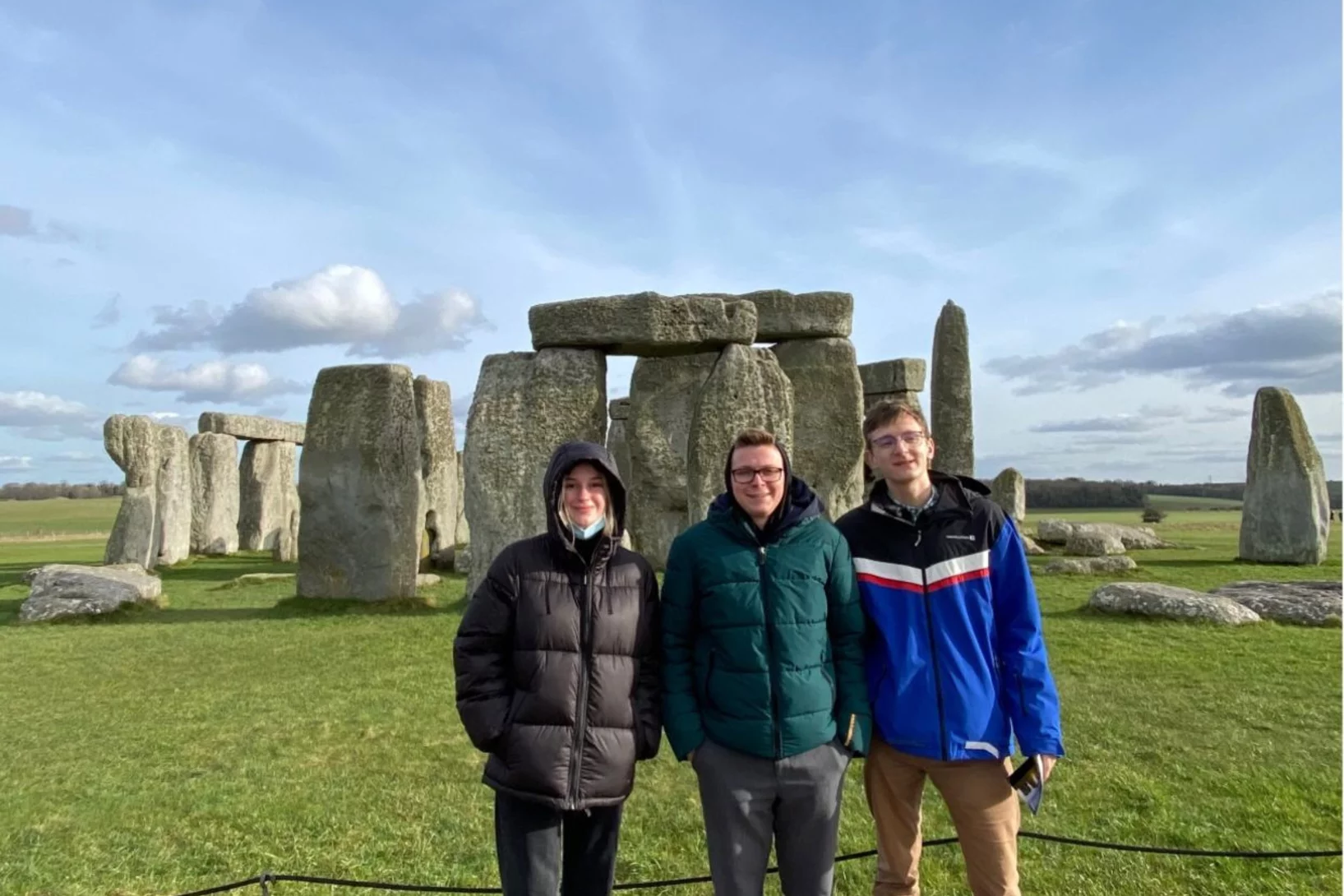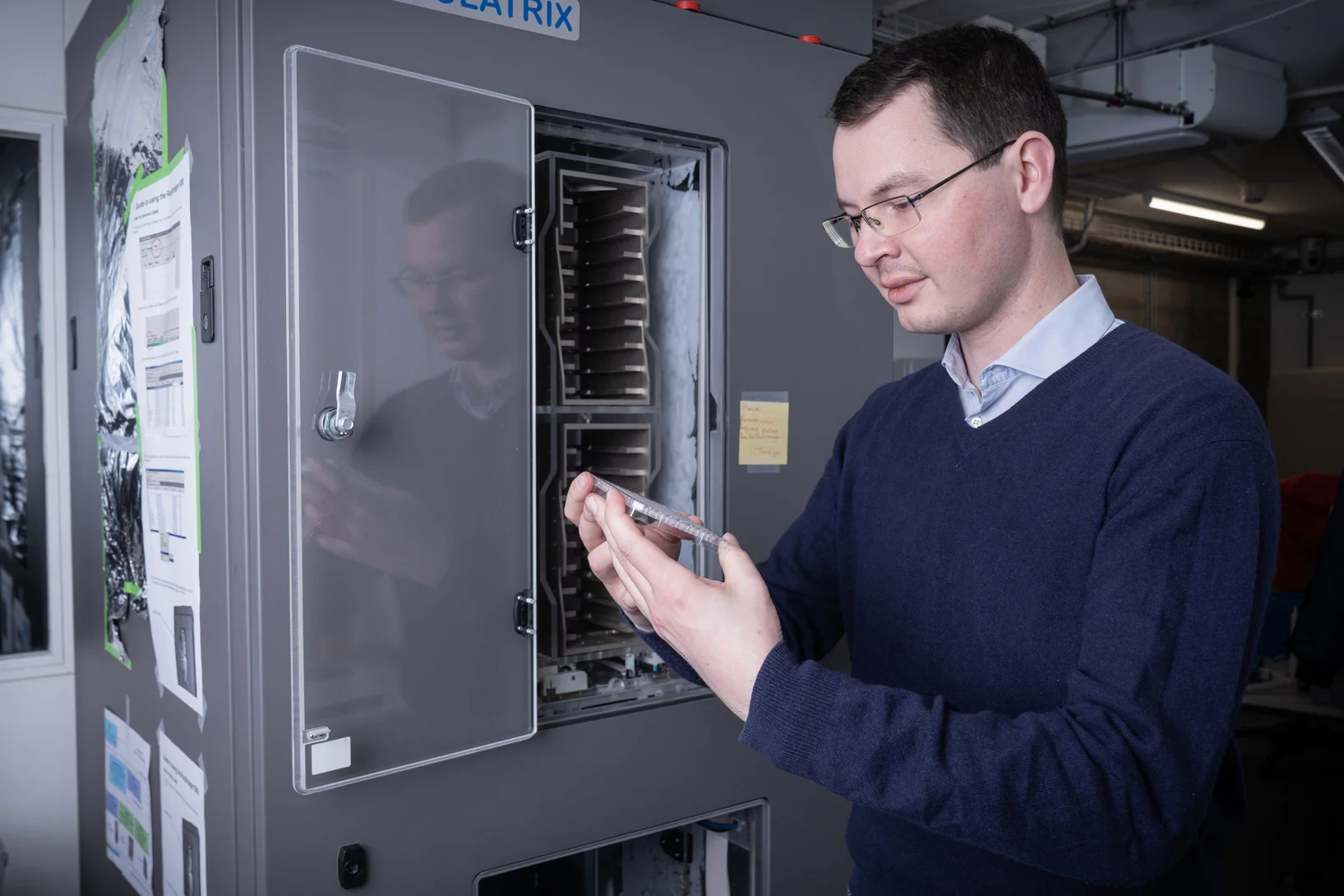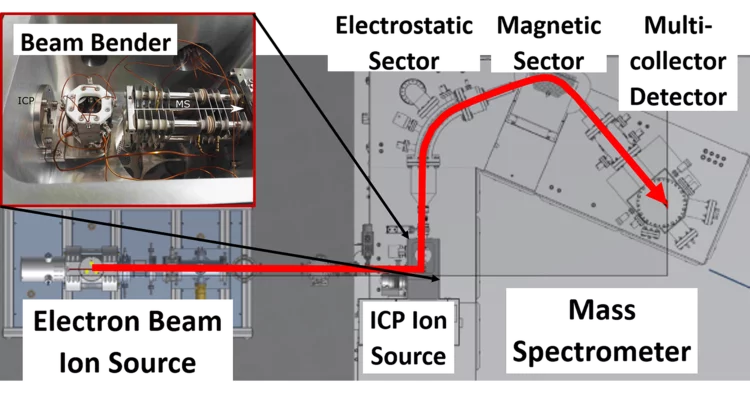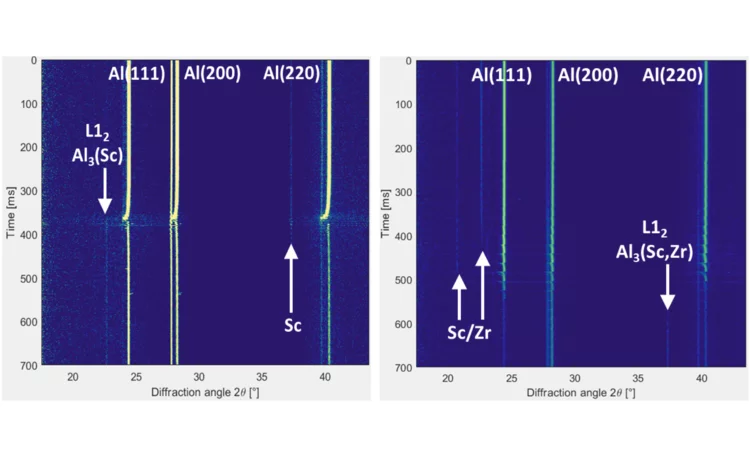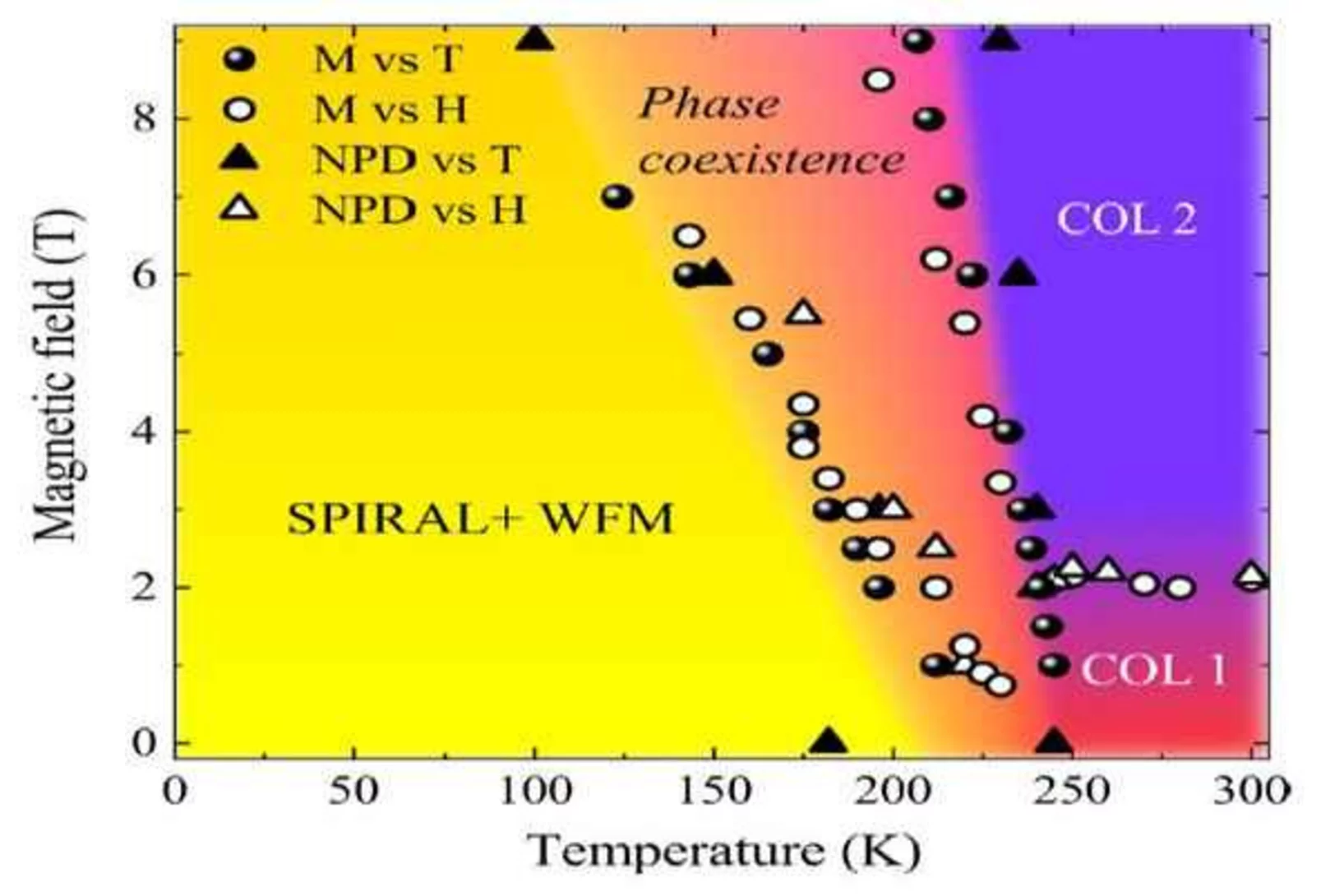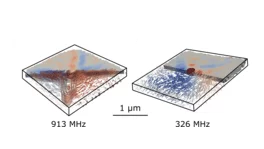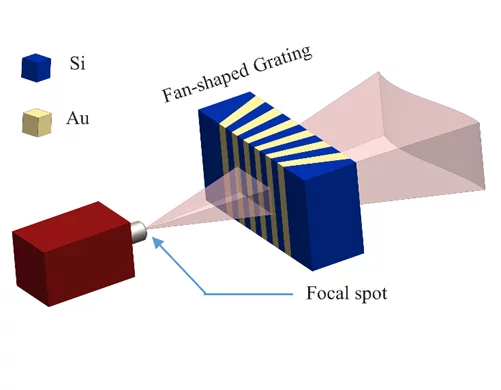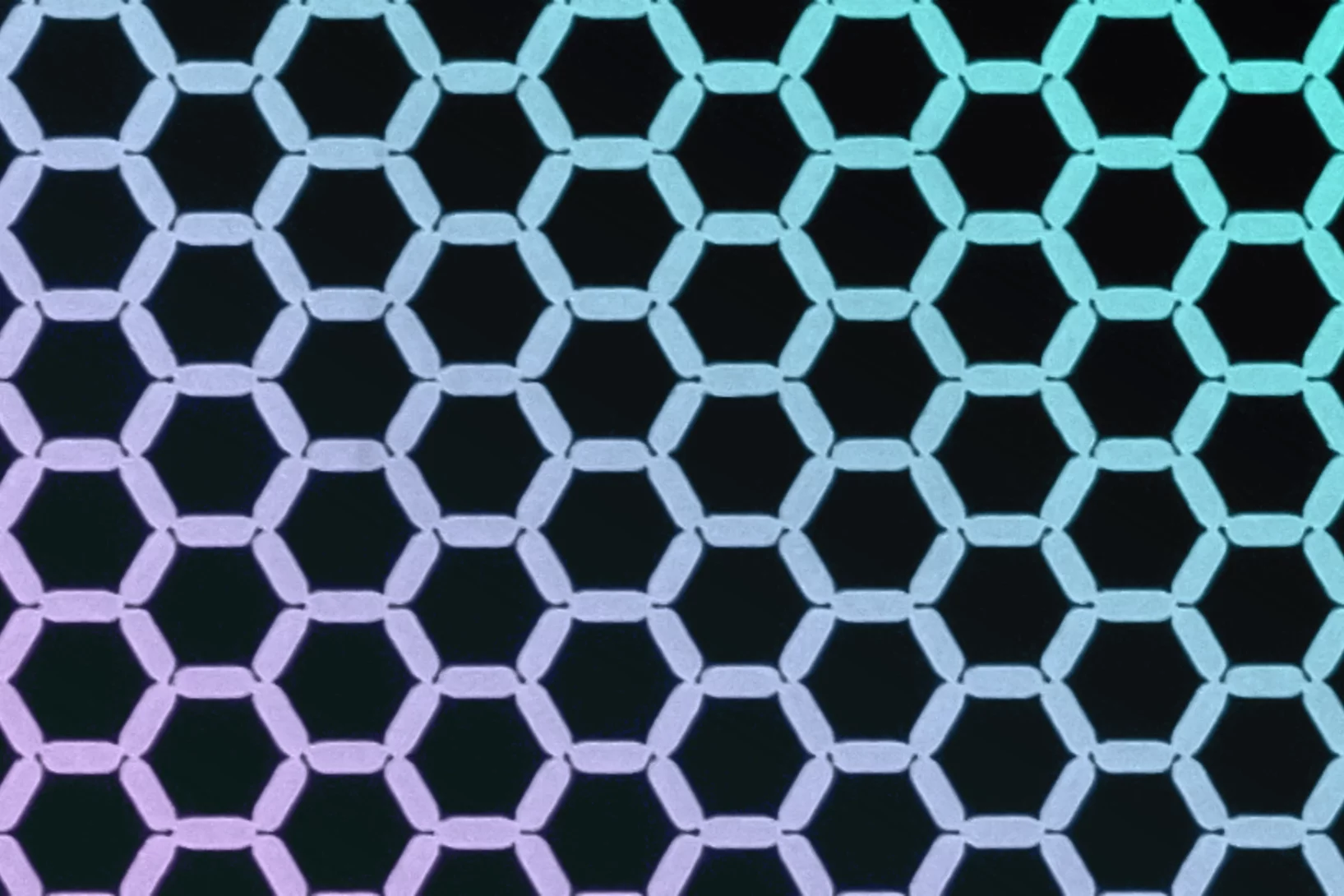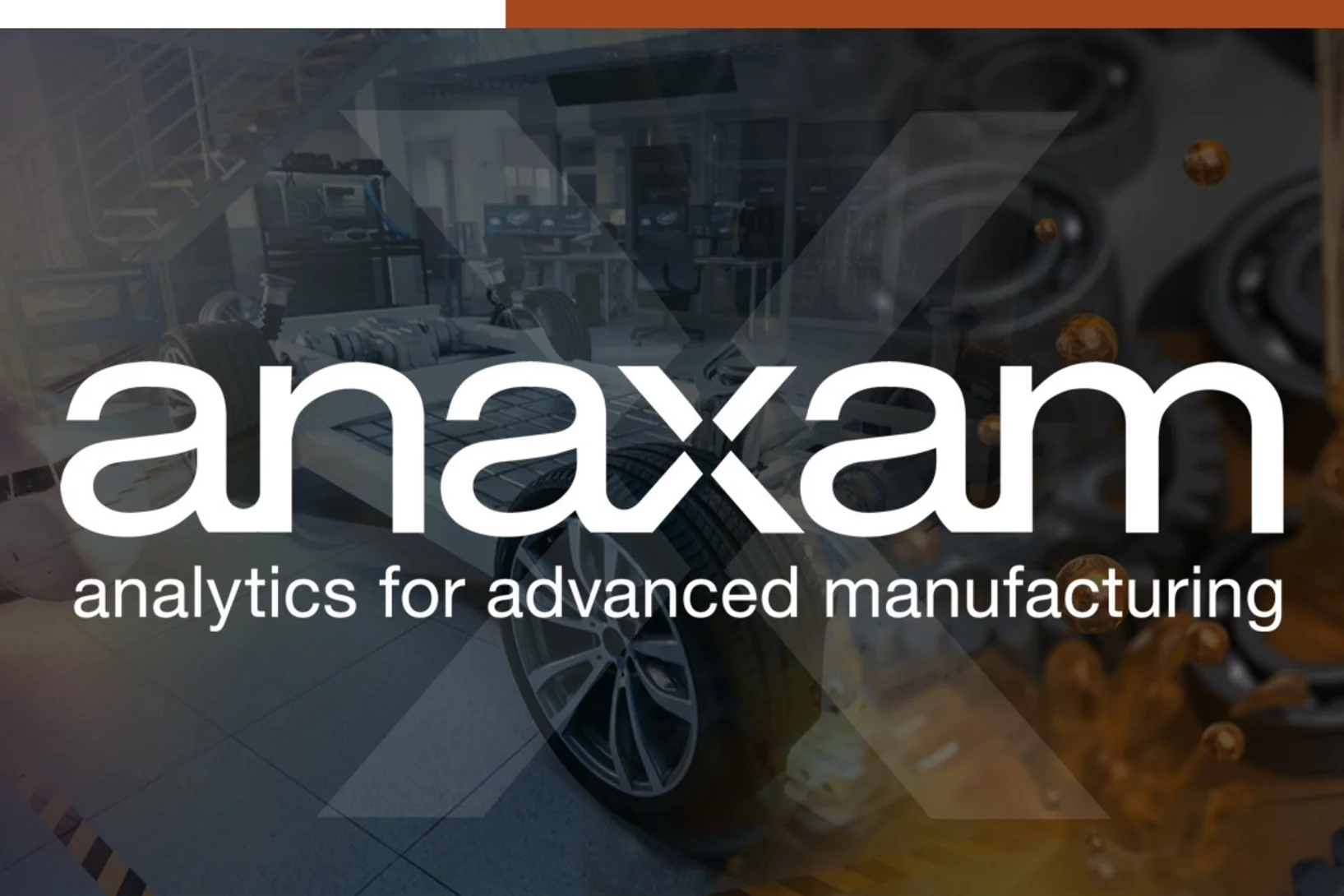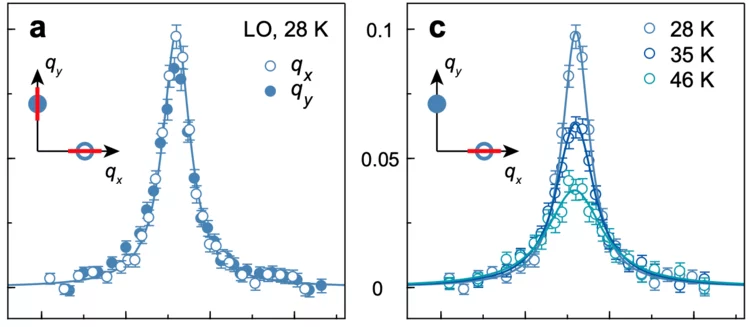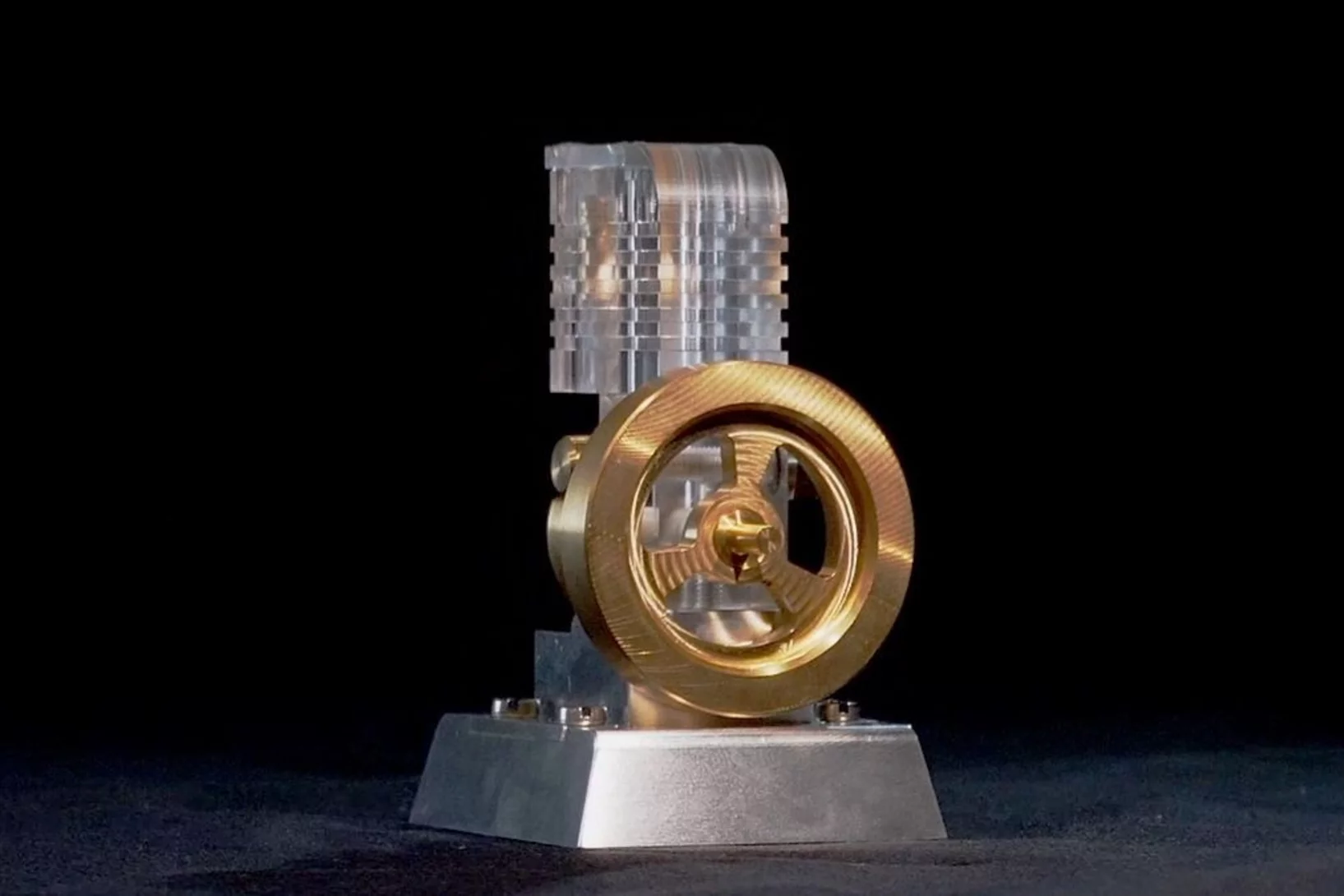Abkehr von der Kernenergie, Ausbau von Solar- und Windkraft, Energiegewinnung aus Biomasse, Senkung des Energieverbrauchs. Bis 2050 soll die Schweiz klimaneutral werden. Ein ehrgeiziges Ziel, welches durch die zunehmend herausfordernde geopolitische Lage dringlicher denn je geworden ist. Wie lässt sich in den nächsten Jahren eine nachhaltige und widerstandsfähige Energieversorgung für die Schweiz aufbauen? Wie können erneuerbare Energien optimal genutzt werden? Welche neuen Technologien sind besonders vielversprechend? Am PSI suchen Forschende nach Antworten auf diese entscheidenden Fragen.
Berufsschau Etzgen 2022
An der Berufsschau in Etzgen mit über 1000 Besucher*innen werden die Weichen gestellt, das PSI war auch vor Ort!
Berufsbildungsausflug 2022
Am Donnerstag, 21. April war die Berufsbildung mit den Lernenden auf dem Berufsbildungsausflug.
Es wurde ein interessanter Einblick ins Jugendheim Aarburg gewährt und toller Nachmittag im Bowlingcenter Aarau verbracht.
Denken in anderen Zeiträumen
Marc Janoschek erklärt die Bedeutung der PSI-Beteiligung an der Europäischen Spallationsquelle.
In situ spectroscopy unveils the structural changes of the sites in single atom catalysts
To improve the performance of single atom catalysts (SACs), the structure of their active sites under operative conditions needs to be better understood. For this, we have performed in situ X-ray absorption spectroscopy measurements using a modulation excitation approach selectively sensitive to the species involved in the electrochemical reactions. This has allowed us to study the structural changes undergone by two types of SACs, and to tie the observed differences to their catalytic activities.
Mu3e Collaboration Meeting at PSI
After two years of virtual meetings, we held our first in-person collaboration meeting at PSI. We discussed the plans for detector construction and quality assurance, detector calibration and early physics analysis.
Wie ich das Post-PhD-Imposter-Syndrom bekämpft habe
Kelsey Inouyes Arbeitssuche hat ihr Panikattacken beschert und ihr Selbstwertgefühl angekratzt. Aber sie hat gelernt, mit Ablehnung umzugehen. Dieser Blogbeitrag erschien ursprünglich als solcher auf der Webseite von Nature und wurde von dort fast 1:1 übernommen. Was Kelsey aus ihrer Zeit nach ihrer Promotion gelernt hat, bestätigt was in Karriereberatungsgesprächen am PSI vermittelt wird: Sich nur noch auf die Jobsuche zu konzentrieren ist am Ende kontraproduktiv.
Rich electronic features of a kagome superconductor
Spectroscopic insights into the electronic structure of a family of kagome metals bolsters understanding of exotic quantum phenomena
Blue hydrogen can help protect the climate
An international group of researchers led by the Paul Scherrer Institute has carried out in-depth analyses of the climate impact of blue hydrogen. This is produced from natural gas, with the CO2 resulting from the process captured and permanently stored. The study concludes that blue hydrogen can play a positive role in the energy transition – under certain conditions.
Quantifying Photoinduced Polaronic and Thermal Distortions in Inorganic Lead Halide Perovskite Nanocrystals
The development of next-generation perovskite-based optoelectronic devices relies critically on the understanding of the interaction between charge carriers and the polar lattice in out-of-equilibrium conditions. While it has become increasingly evident for CsPbBr3 perovskites that the Pb–Br framework flexibility plays a key role in their light-activated functionality, the corresponding local structural rearrangement has not yet been unambiguously identified. In this work the photoinduced lattice changes were investigated using combination of time-resolved and temperature-dependent studies at Br K and Pb L3 X-ray absorption edges and ab initio simulations.
Microscopic evidence for anisotropic multigap superconductivity in the CsV3Sb5 kagome superconductor
The recently discovered kagome superconductor CsV3Sb5 (Tc ≃ 2.5 K) has been found to host charge order as well as a non-trivial band topology, encompassing multiple Dirac points and probable surface states. Such a complex and phenomenologically rich system is, therefore, an ideal playground for observing unusual electronic phases. Here, we report anisotropic superconducting properties of CsV3Sb5 by means of transverse-field muon spin rotation (μSR) experiments.
Light amplification accelerates chemical reactions in aerosols
Aerosols in the atmosphere react to incident sunlight. This light is amplified in the interior of the aerosol droplets and particles, accelerating reactions. ETH and PSI researchers have now been able to demonstrate and quantify this effect and recommend factoring it into future climate models.
Park Innovaare: Bau schreitet voran
Nachdem im Herbst 2021 das Richtfest des Park Innovaare als wichtiger Meilenstein stattfinden konnte, schreitet der Bau weiterhin planmässig voran. Ab 2024 werden Unternehmen und Forschende unter einem Dach zusammenarbeiten.
Rund zweieinhalb Jahre sind nun vergangen, seit 2019 der Spatenstich des Park Innovaare gefeiert werden durfte. Seither hat das Projekt wie geplant Form angenommen und liegt, trotz diverser Herausforderungen wie Pandemie oder Rohstoffknappheit, gut im Zeitplan. Inzwischen sind die Gebäude vom Gerüst befreit und der Fokus der weiteren Bauarbeiten liegt auf dem Innenausbau. Mit über 35'000 m2 Fläche bietet der Park Innovaare sowohl Labors, Reinräume und Werkstätten, sowie auch Büros, Co-Working-Spaces und Meetingräume – ein vielseitiges Angebot für die unterschiedlichsten Bedürfnisse. Zudem wird es auch Begegnungsräume geben, um den Austausch zwischen Forschung und Industrie zu fördern, sowie ein Restaurant.
Erste Mieter, darunter das PSI als Hauptmieter, werden voraussichtlich Anfang 2024 einziehen können. Bereits rund 70% der Fläche sind vermietet; die weitere Kundenakquise läuft derzeit, sodass das Ökosystem Park Innovaare in den nächsten Monaten weiter ausgebaut werden kann und weitere Unternehmen durch eine Ansiedlung vor Ort vom direkten Zugang und Austausch mit dem PSI profitieren können.
Grüsse aus dem Bildungszentrum PSI
Ich heisse Daisy und bin KV Lernende am PSI. Seit Ende Februar bin ich in der Rotation und dies beim Bildungszentrum-Team.
Neugier, Anspannung, Erwartungen, Nervosität: All diese Gefühle begleiteten mich beim Abteilungswechsel.
Lichtverstärkung beschleunigt chemische Reaktionen in Aerosolen
Berücksichtigung in künftigen Klimamodellen wichtig.
Reconfigurable halide perovskite nanocrystal memristors for neuromorphic computing
Many in-memory computing frameworks demand electronic devices with specific switching characteristics to achieve the desired level of computational complexity. Existing memristive devices cannot be reconfigured to meet the diverse volatile and non-volatile switching requirements, and hence rely on tailored material designs specific to the targeted application, limiting their universality. “Reconfigurable memristors” that combine both ionic diffusive and drift mechanisms could address these limitations, but they remain elusive. Here we present a reconfigurable halide perovskite nanocrystal memristor that achieves on-demand switching between diffusive/volatile and drift/non-volatile modes by controllable electrochemical reactions.
Sprachaufenthalt in England - Salisbury!
"Wer eine Fremdsprache lernt, zieht den Hut vor einer anderen Nation"
So findet man Wirkstoffe gegen Krebs
PSI-Forschende haben eine neue Substanz entwickelt, die ein lebenswichtiges Protein im Zellskelett lahmlegt.
MC-EBIS-ICP-MS – a unique dual Ion Source Mass Spectrometer
This highlight presents a successful, in-house developed integration of an Electron Beam Ion Source (EBIS) able to ionize gases to high charge states with a customized commercial MC-ICP-MS. The successful joining of the two ion flight paths is a milestone towards comprehensive routine analyses of solids, liquids, and gases using THE SAME MASS SPECTROMETER, the latter analyses free from atmospheric contamination. After implementation of an introduction system for gas mass spectrometry, routine analyses will comprise isotope ratio and relative abundance determinations of fission gases in used nuclear fuel. In addition to the unique versatility of the MC-EBIS-ICP-MS, inclusion of the EBIS furthers opens the little-studied field of mass spectrometry of highly charged ions.
Thermal and phase evolution during laser powder bed fusion of Al-Sc-Zr elemental powder blends
The reaction of elemental scandium and zirconium powders with liquid aluminum is observed directly via operando X-ray diffraction during laser 3D printing. This work demonstrates that elemental blends can be used to create fine-grained crack-free Al-alloys and highlights the importance of feature size.
Weak ferromagnetism linked to the high-temperature spiral phase of YBaCuFeO5
The layered perovskite YBaCuFeO5 is a rare example of a cycloidal spiral magnet whose ordering temperature Tspiral can be tuned far beyond room temperature by adjusting the degree of Cu2+/ Fe3+ chemical disorder in the structure. This unusual property qualifies this material as one of the most promising spin-driven multiferroic candidates. However, very little is known about the response of the spiral to magnetic fields, crucial for magnetoelectric cross-control applications. Using bulk magnetization and neutron powder diffraction measurements under magnetic fields up to 9 T, we report here a temperature-magnetic field phase diagram of this material. Besides revealing a strong stability of the spiral state, our data uncover the presence of weak ferromagnetism coexisting with the spiral modulation. Since ferromagnets can be easily manipulated with magnetic fields, this observation opens new perspectives for the control of the spiral orientation, directly linked to the polarization direction, as well as for a possible future use of this material in technological applications.
Into the fourth dimension: time-resolved soft X-ray laminography
Combining time-resolved soft X-ray STXM imaging with magnetic laminography, researchers were able to investigate magnetization dynamics in a ferromagnetic microstructure resolved in all three spatial dimensions and in time. Thanks to the possibility of freely selecting the frequency of the excitation applied to the magnetic element, this technique opens the possibility to investigate resonant magneto-dynamical processes, such as e.g. magnetic vortex core gyration and switching, and spinwave emission.
Shuzhen Chen successfully defended - congratulations
On 7th April 2022 Shuzhen Chen successfully defended her PhD entitled “Multiphase kinetics and chemistry at halide solution-air interfaces" at ETH Zürich.
Deciphering the molecular mechanism of water boiling at heterogeneous interfaces
Water boiling control evolution of natural geothermal systems is widely exploited in industrial processes due to the unique non-linear thermophysical behavior. Even though the properties of water both in the liquid and gas state have been extensively studied experimentally and by numerical simulations, there is still a fundamental knowledge gap in understanding the mechanism of the heterogeneous nucleate boiling controlling evaporation and condensation. In this study, the molecular mechanism of bubble nucleation at the hydrophilic and hydrophobic solid–water interface was determined by performing unbiased molecular dynamics simulations using the transition path sampling scheme. Analyzing the liquid to vapor transition path, the initiation of small void cavities (vapor bubbles nuclei) and their subsequent merging mechanism, leading to successively growing vacuum domains (vapor phase), has been elucidated. The simulations reveal the impact of the surface functionality on the adsorbed thin water molecules film structuring and the location of high probability nucleation sites.
Broadening the field of view with a fan-shaped source grating
The orientation mismatch between the cone beam of an X-ray tube and the grating lines in a flat substrate remains a big challenge for laboratory grating-based X-ray interferometry, since it severely limits the imaging field of view. To solve this problem, we fabricated fan-shaped G0 source gratings by modulating the electric field during the deep reactive ion etching of silicon. With local electric field modulation in plasma we can etch high aspect ratio fan-shaped gratings that match the X-ray cone beam emission of a tube source. This new technology replaces the grating bending and allows a more compact design with larger field of view. Our work have recently been published in Applied Surface Science.
μSR2020 conference update
The long delayed MuSR2020 conference will run from Monday 29th August to Friday 2nd September, 2022. An in-person meeting is planned, which will be held at the Science and Technology Campus, University of Parma. Invited speakers include Bruce Gaulin, Giacomo Ghiringhelli, Reizo Kato, Ioan Pop, Jorge Quintanilla, Roberta Sessoli, Martin Wilkening and Reiner Zorn
Blick in die magnetische Zukunft
PSI-Forschende beobachten erstmals spezifisches Verhalten von magnetischem Eis.
Industrie-Anlass: ANAXAM - Innovation und Wettbewerbsvorteil durch Advanced Manufacturing
Das Technologietransferzentrum ANAXAM bietet der Industrie Zugang zu fortschrittlichen Analytikmethoden mit Neutronen- und Synchrotronstrahlung (Röntgenstrahlung) des Paul Scherrer Insituts (PSI).
In verschiedensten Anwendungsfeldern unterstützt ANAXAM die Industrie und KMU darin, sämtliche Materialien, Produkte und Prozesse zu verbessern und somit ihre Wettbewerbsfähigkeit und Innovationskraft zu stärken.
Der Anlass wird gemeinsam mit KMU Swiss organisiert und durchgeführt.
Registrieren Sie sich für den Anlass und erfahren Sie, wie auch Ihr Unternehmen durch die Zusammenarbeit mit ANAXAM profitieren kann:
Wann: 28.April 2022, ab 16:00 Uhr
Wo: PSI West, Auditorium
Uniaxial pressure induced stripe order rotation in La1.88Sr0.12CuO4
Static stripe order is detrimental to superconductivity. Yet, it has been proposed that transverse stripe fluctuations may enhance the inter-stripe Josephson coupling and thus promote superconductivity. Direct experimental studies of stripe dynamics, however, remain difficult. From a strong-coupling perspective, transverse stripe fluctuations are realized in the form of dynamic “kinks”—sideways shifting stripe sections. Here, we show how modest uniaxial pressure tuning reorganizes directional kink alignment.
CAD-CAM
Aus Skizzen und Zeichnungen fertigten wir mit Hilfe von unserer brandneuen Bearbeitungssoftware und unseren CNC - Maschinen einen funktionierenden Druckluftmotor.
New group member Dr. Paul Leidinger
We would like to welcome Paul Leidinger who started on Friday, April 1.
Paul is a PostDoc working for both, the Laboratory for Catalysis and Sustainable Chemistry and the Electrochemistry Laboratory for the next 24 months. Paul is going to work on the catalytic and electrocatalytic reduction of carbon dioxide on silver surfaces.

